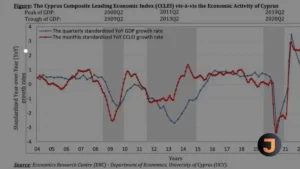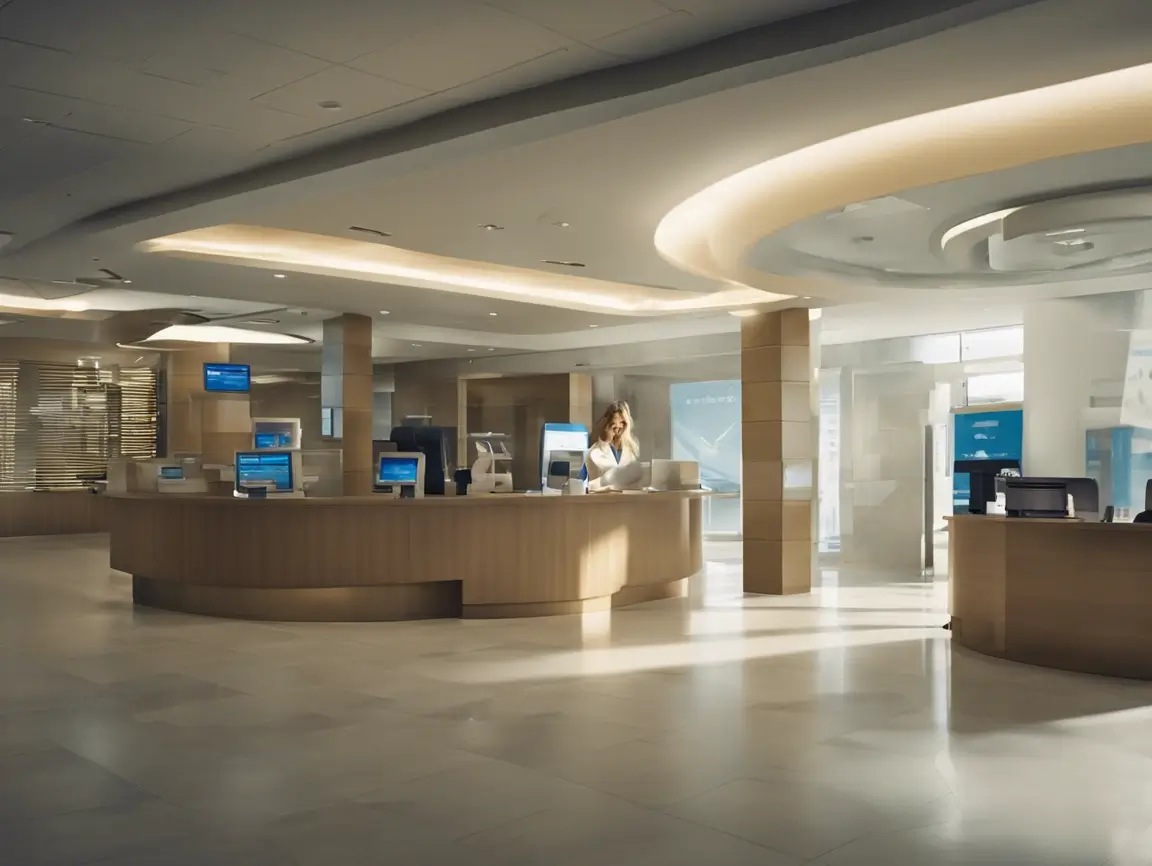In the world of business, understanding the concept of a lease is fundamental. But what is a lease? The
Lease Definition and Its Importance
The lease definition encompasses several key elements: the leased asset, the lease term, the payment structure, and the rights and obligations of both parties. Leases can be categorized into different types, such as operating leases and finance leases, each serving distinct purposes and offering unique benefits.
- Operating Lease: Typically short-term and cancellable, these leases are often used for assets that are subject to frequent upgrades or replacements.
- Finance Lease: Long-term and non-cancellable, these leases are akin to asset ownership, with the lessee assuming most of the risks and rewards associated with the asset.
The strategic use of leasing can enhance a company’s financial flexibility. For instance, businesses can conserve capital by leasing high-cost equipment instead of purchasing it outright. This approach allows for better cash flow management and the ability to allocate resources to other critical areas of operation.
Real-World Applications of Leasing
Leasing is not confined to corporate giants; small and medium-sized enterprises (SMEs) also benefit significantly. In real estate, leasing office spaces rather than buying them outright can be a prudent decision, especially for startups looking to minimize initial expenditures. Similarly, in the technology sector, leasing computers and other IT equipment ensures that businesses stay up-to-date with the latest advancements without the burden of large upfront costs.
Moreover, leasing arrangements often come with maintenance and service agreements, reducing the operational burden on businesses. This aspect is particularly advantageous in industries where equipment downtime can lead to significant revenue losses.
In conclusion, understanding






